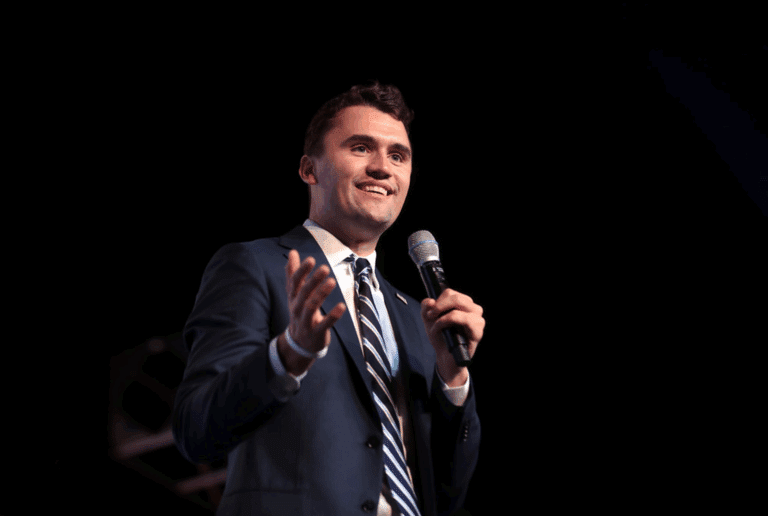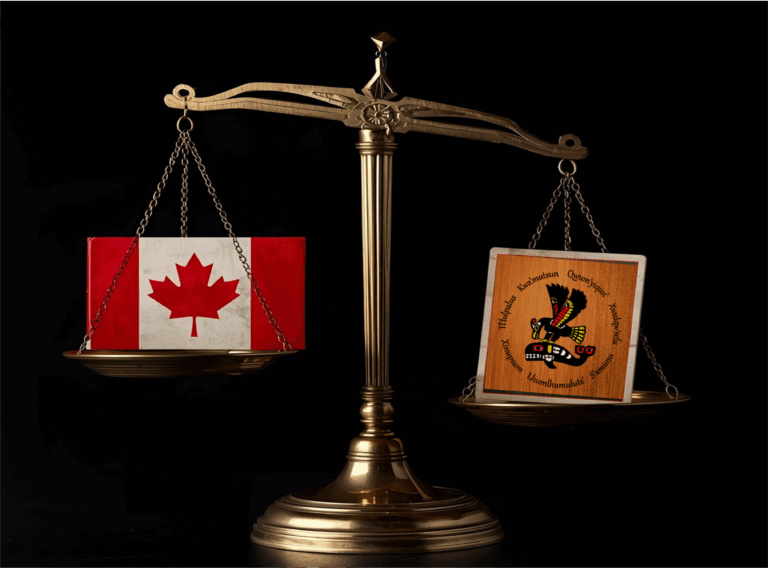After more than two weeks of shutting down most federal government services, 120,000 of the striking Public Service Alliance of Canada (PSAC) workers falling under the ambit of the federal Treasury Board returned to work on Monday, followed on Thursday by another 39,000 Canada Revenue Agency (CRA) employees. The dual walkouts had been brewing since last spring, when PSAC president Chris Aylward declared: “The government can’t expect workers who have been getting us through the pandemic to shoulder the costs of Canada’s recovery.”
Shoulder the costs of Canada’s recovery? Aylward’s PSAC members not only were paid their full salaries during the pandemic – with most of them allowed to work from home – but also thereby added two more years to their generous pension benefits. After the pandemic faded, many of them bitterly resisted returning to the workplace. What about all the private-sector workers who either lost their jobs entirely or were forced to work part-time for lower wages and fewer or no benefits?

This Statistics Canada Labour Force Survey shows that in the two-year pandemic period through February 2022, total employment nationwide ended up virtually flat. In January 2022, all of the country’s 206,000 job losses that month were private-sector workers. Meanwhile, public-sector employment has increased by 305,000. Aylward’s statement is worse than fiction; it’s an inversion of reality.
Mintz’s own calculations suggest that the average full-time federal employee makes $75 per hour – nearly $150,000 per year – in wages and benefits. ‘That is unbelievable,’ Mintz says. By contrast, he notes, ‘Oil and gas workers and mining workers, manufacturing workers, make an average $40 per hour.’
The most rapid growth in public-sector employment was at the federal level. Government of Canada data indicate the federal public service now employs more than 336,000 people. As Jack Mintz, President’s Fellow at the University of Calgary’s School of Public Policy and former president of the C.D. Howe Institute, wrote in the Financial Post in January, annual compensation of federal employees has risen from $38 billion to $58 billion since the Justin Trudeau government gained office in 2015 – a 52 percent increase that far exceeds the growth in the number of federal employees. And still these workers and their unions want even more.
A study by the Fraser Institute using data for the pandemic year 2021 found that government-sector workers enjoyed a 5.5 percent wage premium over private-sector workers even after controlling for differences in age, gender, education, work type/experience, unionization and other labour market factors. Just two years later, the study’s most recent edition finds, the disparity had jumped to 8.5 percent. That was before this week’s deals.

Mintz’s own calculations based on Statistics Canada data suggest that the average full-time federal employee makes $75 per hour – nearly $150,000 per year – in wages and benefits. “That is unbelievable,” Mintz said in a recent interview with C2C. By contrast, he notes, “Oil and gas workers and mining workers, manufacturing workers, make an average $40 per hour.”
The public/private disparity in job-related benefits is much larger than the mere wage difference. More than 86 percent of government workers are covered by a registered pension plan compared with just 23 percent of private-sector workers. Government workers are much less likely to lose their jobs. They have longer paid vacations and take an average of five more days off per year for “personal reasons” than private-sector workers. Moreover, they typically retire more than two years earlier, most likely thanks to their generous pensions.
PSAC was determined to increase that public/private compensation disparity by wresting wage increases of 4.5 percent in each of the next three years. Even that wasn’t enough for the CRA workers, who demanded 20.5 percent more over three years – plus a “one-time adjustment” of another 8 percent, for a total of over 30 percent. Presumably this enormous increase, aptly described as “unprecedented” and “crazy,” was intended to compensate them for “taxing” their brains pushing the keys on an almost fully automated tax return system.
No wonder Conservative Leader Pierre Poilievre observed during a recent Question Period that, “It’s one thing to increase the size and cost of the public service…and another thing to be faced with a massive strike by public servants…but it is an especially incredible achievement of incompetence to do both of those at the same time.”

PSAC’s excessive demands would normally be tempered by the possibility of back-to-work legislation – most recently used in 2021 – but the NDP’s support of PSAC’s goals reduced the chances of that to virtually nil. Passing back-to-work legislation with the support of Poilievre’s Conservatives, though technically feasible, was unthinkable for it would have ended the Liberals’ de facto coalition deal with the NDP. That put the Trudeau government between the proverbial rock and a hard place: either leave government services that people count on shut down or agree to a settlement that adds many more billions to already perilously high deficit spending.
In the end, the union’s demands were met for the 120,000 Treasury Board workers, but dressed up in slightly different clothes. Rather than receiving the demanded 13.5 percent increase over three years, PSAC “settled” for a nominal 11.5 percent over four years, but retroactive to 2021 and with a 0.5 percent special adjustment added for 2023. The union’s website shows a total wage increase of 12.6 percent compounded, with 10.1 percent coming immediately. This is not only higher than what the federal government originally offered but higher than the Public Interest Commission recommended.

That’s not all. According to the union’s triumphant press release issued on Monday, PSAC members will also receive a “pensionable $2,500 one-time lump sum payment that represents an additional 3.7 percent of salary for the average PSAC member.” Moreover, the union also gained new protection against contracting-out with a provision designed to “protect public service jobs and reduce contracting out in the federal public service.” Federal workers will also be paid to attend “training” in diversity, equity and inclusion, i.e., radical left-wing ideology. And Indigenous federal employees will get paid time off to go hunting. It’s true – PSAC is bragging about all of it. On Thursday, the CRA workers tentatively settled for the same deal, considerably less than their original demand, but still a large increase.
It’s hard to comprehend how the settlement could have been worse, both for taxpayers and in how it increases the already-dangerous disparity between public and private-sector workers. As government workers try to justify their excessive wage demands, the rest struggle with the rising cost of groceries and other necessities. These are the same private-sector workers whose taxes pay the cost of the public service. But it has become quite clear that PSAC workers and union bosses just don’t care. This is a shamefully selfish attitude that tears at the fabric of our nation.
We have a federal government that sinks the nation further into debt with while hobbling the resource industries that provide much of Canada’s GDP and export revenue. The government is kept in power by a deeply socialist opposition party whose sole agenda is to blackmail the minority Liberals into expanding social welfare programs.
The worst may be yet to come. A Government of Canada website lists 32 further federal and provincial union contracts due to expire in 2023, covering a total of 99,000 workers. Those unions have been waiting for the PSAC settlement to set the benchmark. One can be sure they’re delighted with the outcome. The result is certain not only to expand the damagingly disparate compensation of public- and private-sector workers but also accelerate the very inflation the unions claim justify their rich wage demands.
This is a dangerous time for our country. We have a federal government that sinks the nation further and further into debt with profligate spending while deliberately hobbling the resource industries that provide much of Canada’s GDP and export revenue. The government is kept in power by a deeply socialist opposition party whose sole agenda is to blackmail the minority Liberals into expanding social welfare programs that are already unaffordable. And now we have clear evidence that members of our largest public-sector union just don’t care about the fellow Canadians who pay their wages. Our prime minister talks constantly about environmental sustainability. The real question is the social and economic sustainability of the course he has plotted for our beleaguered nation.
Gwyn Morgan is a retired business leader who has been a director of five global corporations.
Source of main image: The Canadian Press/Ryan Remiorz.





